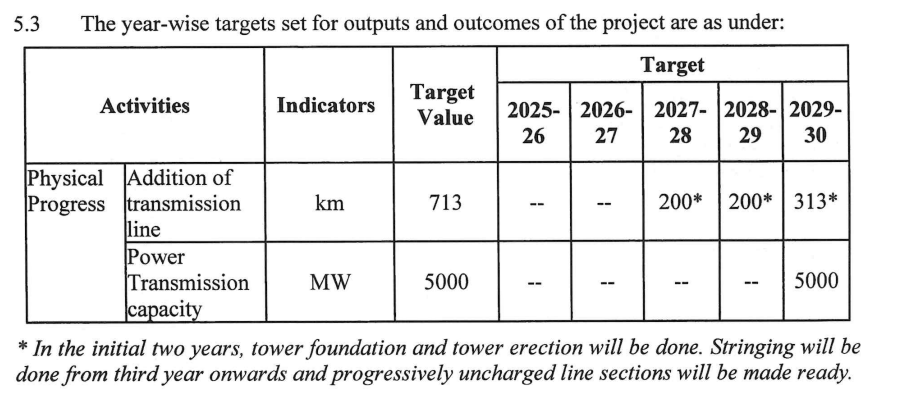Highlights :
- The massive solar project at Ladakh has been stuck due to logistical, and more importantly, transmission issues. The notification lays out a plan on how the government plans to tackle those.,
 NTPC, JBIC Collaborate To Finance Renewable Energy Project In India
NTPC, JBIC Collaborate To Finance Renewable Energy Project In India The Cabinet Committee on Economic Affairs (CCEA) in its notification shared the recent President’s sanction for the implementation of a 13 GW renewable energy project in Ladakh (IST GEC – II). The long awaited project comprises of 13 GW renewable energy capacity along with a 12GWh Battery Energy Storage system (BESS) in Ladakh.
The government notification mentions the scope of the transmission line for the power project that covers states such as Himachal Pradesh, and Punjab up to Kaithal in Haryana where it will integrate into the national grid. The project further interconnects with Leh to the existing Ladakh grid. It further plans to connect with Leh-Kargil-Alusteng (Srinagar) to provide energy to the UT of Jammu and Kashmir.
The notification shared the project’s goal for establishing 713 km of 1268 circuit km (ckm) transmission line and two- nos. of 5kw capacity of high voltage direct current (HVDC) terminals – one each at Pang (Ladakh) and Kaithal (Haryana).
The notification stated, “The project will be implemented by Power Grid Corporation of India (POWERGRID), it will be implemented in a single phase. It’s scheduled to be completed by financial year (FY) 2029-2030. The project as per the notification will receive a central financial assistance of an estimated Rs. 20,773.70 Crores (Including interest during construction). The approved central financial assistance (CFA) stands at 40% of the project cost which is Rs. 8,309.48 Crores. The CFA will be capped at the set project cost or 40% of the DPR cost or 40% of project completion, whichever is lower.”
The CFA provided for the project is mentioned below:

CFA To Be Provided After Commissioning Of The Project
The notification mentions the balance cost of the project. “The project’s balance cost is to be arranged through debt and equity, as recommended by the Public Investment Bank (PIB) and the return on equity for the transmission will be capped at 14%. As per the notification, the other component of the tariff will be governed by the Central Electricity Regulatory Commission (CERC) tariff regulation for Regulated Tarif Mechanism (RTM).”
The notification also gave a year-wise analysis of the project and its expected outcome below:

Year -Wise Analysis of the Set Target From 2025-2030
For the implementation of the project, the guidelines stated, “Ministry of New and Renewable Energy (MNRE) will coordinate with the Ministery of Power (MoP) to ensure that the RE projects are planned and executed systematically to ensure efficiency and optimal utilization of the RE transmission system.”
The notification also mentions, “The project will be monitored closely by Central Energy Agency (CEA) and Central Transmission Utility of India (CTUIL).






























